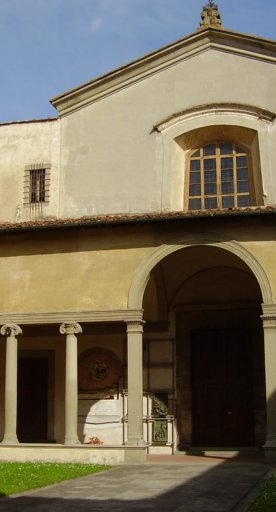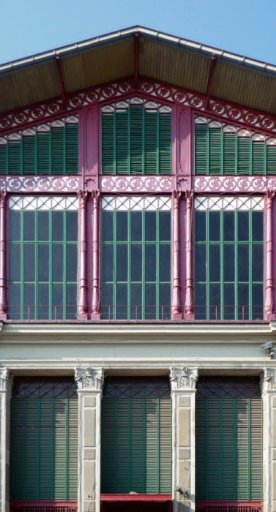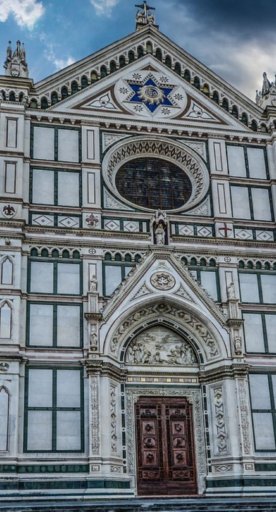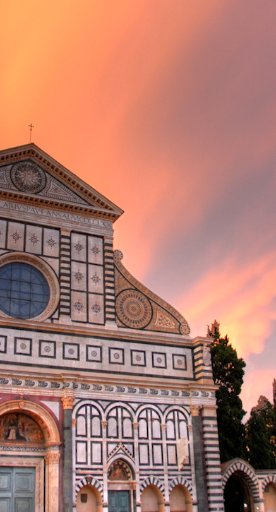
Piazza della Santissima Annunziata
A treasure trove of important Renaissance jewels in the heart of Florence
Piazza della Santissima Annunziata is located in Florence’s historic centre, a short walk away from the cathedral, and is a Renaissance jewel overlooked by several spectacular buildings. of the time, starting off is the Church of the Santissima Annunziata, named after a painting depicting the Annunciazione, preserved inside and once an object of worship for pilgrims.
On the side of the piazza stands the Spedale degli Innocenti, an early Renaissance work by Brunelleschi (1419) and Europe’s first orphanage. The harmonious arches above slender columns, adorned with glazed terracotta tiles with cherubs modeled in the Della Robbia workshop, create an elegant portico.
On the opposite side is the Confraternity of the Servants of Maria, built in 1525 by Antonio Sangallo the Elder and Baccio d’Agnolo, as an imitation of Brunelleschi’s loggia.
At the centre of the square are the equestrian statue of Grand Duke Ferdinando I, the work of Giambologna, and two Baroque bronze fountains by Pietro Tacca, which underline the perfect symmetry of the piazza. On the back of the pedestal of his statue, Ferdinando requested that a depiction of his own “endeavour” be included: a queen bee surrounded by a myriad of worker bees alla facing her, representing him at the center of the Grand Duchy and the hard-working people building around him. The bees are placed in a staggered and semi-circular formation, making it extremely difficult to count them without getting confused. The bees are placed in semicentric and staggered formation, making it extremely difficult to count them without getting confused, so much so that a city legend says that it is impossible to do so (the bees are actually 91!).

The bees are not the only curiosity of this square.
Under the portico of the Spedale degli Innocenti there is a grated window, what remains of the ancient "wheel" where once mothers in need or in difficulty could abandoned their babies. Colored ribbons, medals, pieces of cloth or buttons were often tied around the neck of the little ones, signs of recognition which the nuns jealously guarded, in case the mother decided one day to take the child back with her. Many of these objects are now on display in the Museo degli Innocenti, which traces the history of the Institute and preserves its artistic heritage.
Another oddity can be observed on the second floor of the elegant Palazzo Budini Gattai, at the southern end of the square: a window that always remains open, because, according to legend, the ghost of a young bride still awaits the return of her husband from the war.









